Data Science Blogs
Data Science
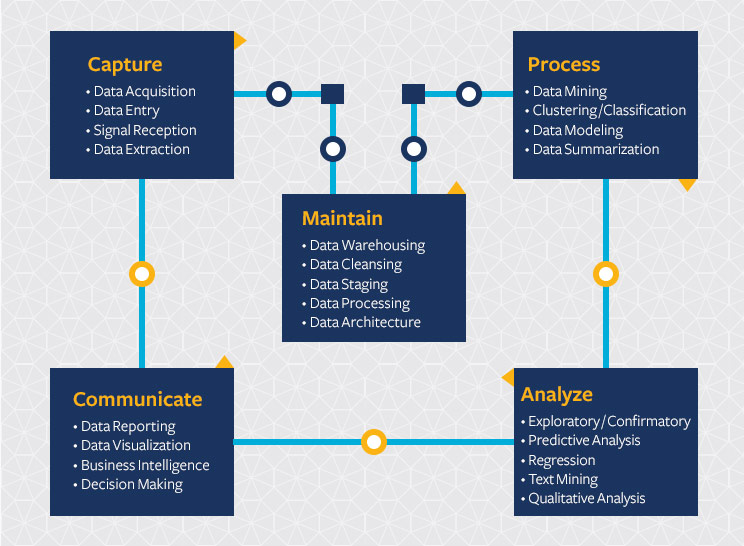
Introduction to Data Science
Do you know Why is everyone talking about Data science ? More data has been created in the past two years than in the entire history of humankind.By 2020, about 1.7 megabytes...

Top 9 best tools which we use in Data Science
It is required that they have a clear understanding of the tools that are necessary for the programming to work...
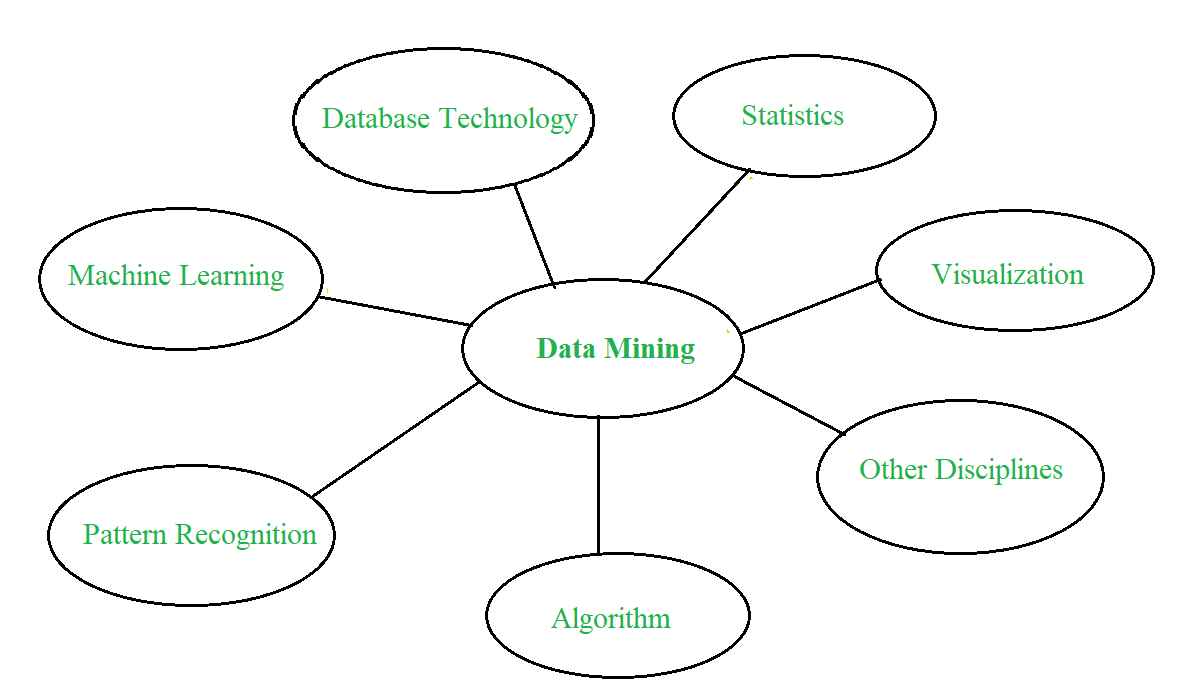
Technologies and Applications of Data Mining
Basically, Data mining has been integrated with many other techniques from other domains such as statistics, machine learning, pattern recognition, database and data warehouse systems, information retrieval,..
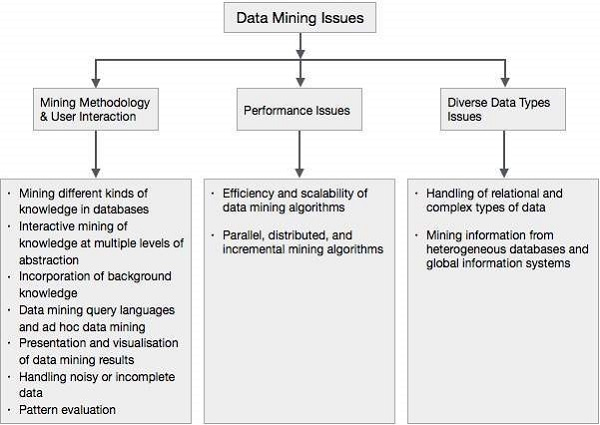
Issues of Data Mining
Now-a-Days, Data is the lifeblood of company operations. If they can monitor the information about their company's performance, most business owners are able to enjoy a...
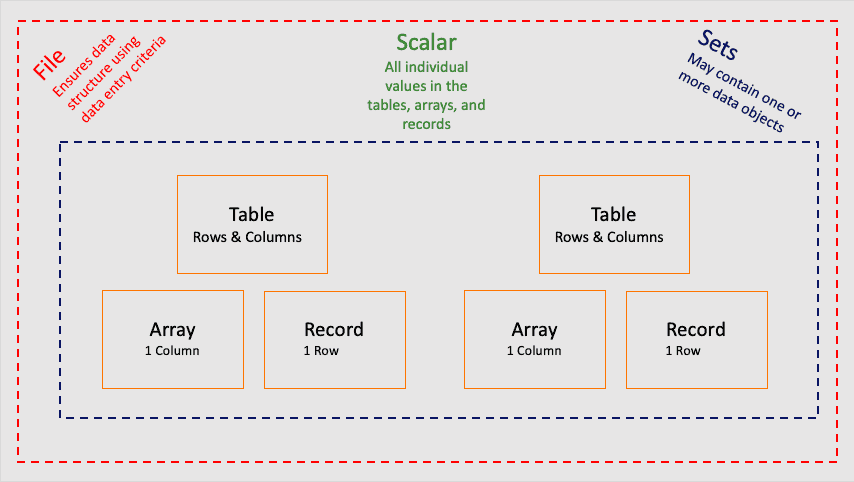
Data Objects and Attributes Types
Data objects are the fundamental pieces of data that are studied in data mining to find patterns, trends, and insights. A data object is often represented by a collection of features or attributes that sum up its properties...
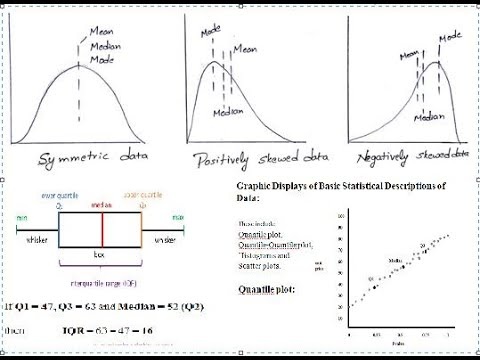
BASIC STATISTICAL DESCRIPTION OF DATA
Data mining refers to extracting or mining knowledge from large amounts of data...
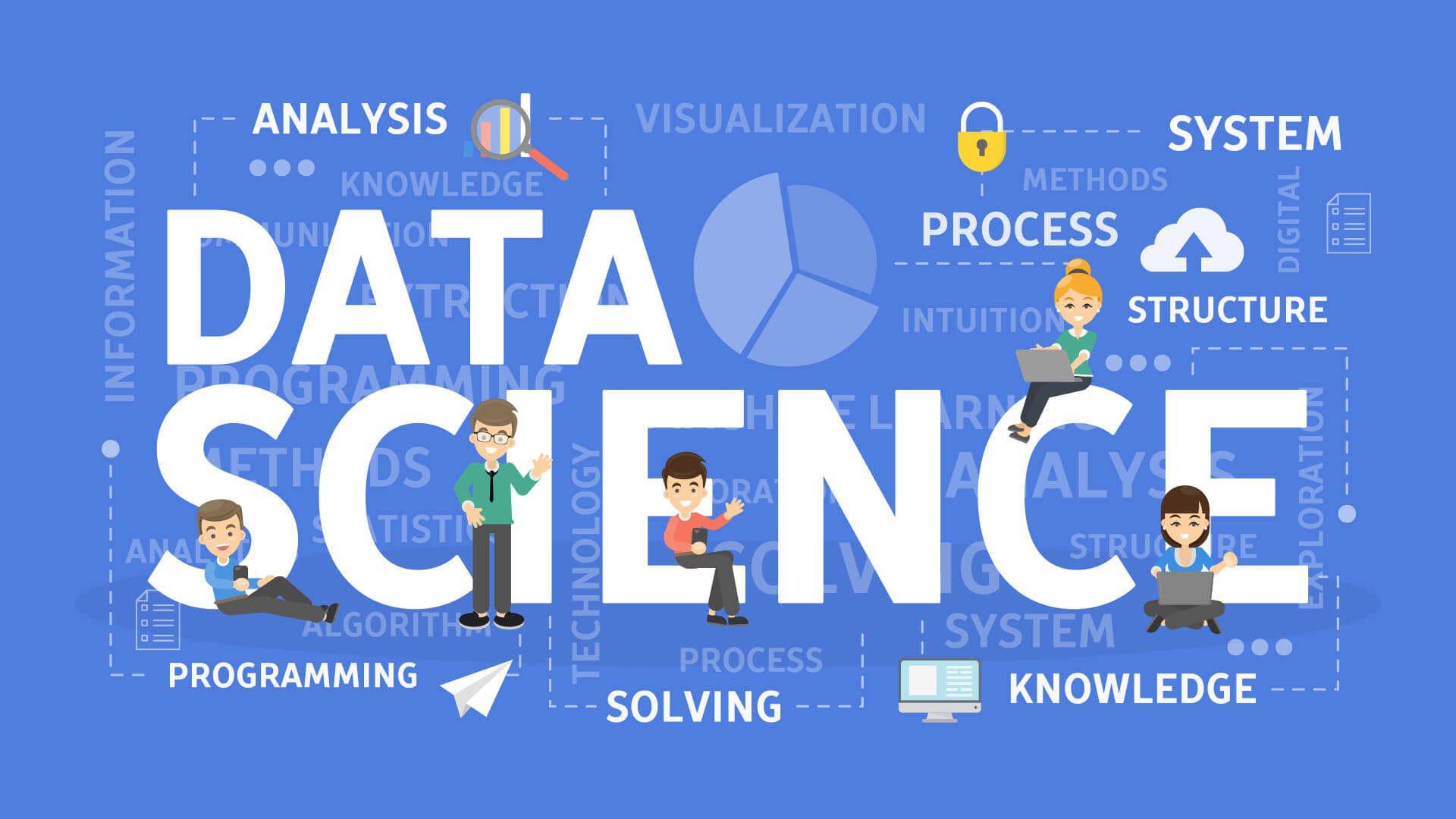
Data Cleaning
Data cleaning is the process of fixing or removing incorrect, corrupted, incorrectly formatted, duplicate, or incomplete data within a dataset...

Data Integration
Data integration means consolidating data from multiple sources into a single dataset to be used for consistent business intelligence or analytics....
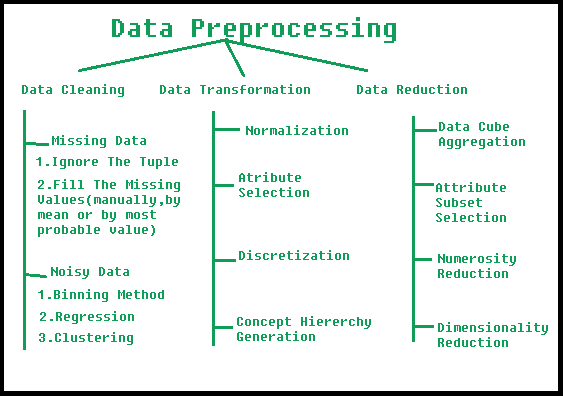
Data Pre-Processing
Data preprocessing is an important step in the data mining process. It refers to the cleaning,....

Data Reduction
Data reduction is the process of reducing the amount of capacity required to store data. Data reduction can increase storage efficiency and reduce costs. Storage vendors will often describe storage capacity in terms of raw capacity and effective capacity, which refers to data after the reduction.....
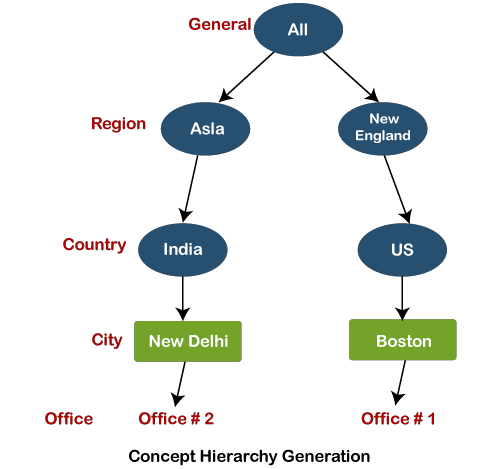
Data Transformation and Description
In data mining, data transformation is carried out to combine unstructured data...
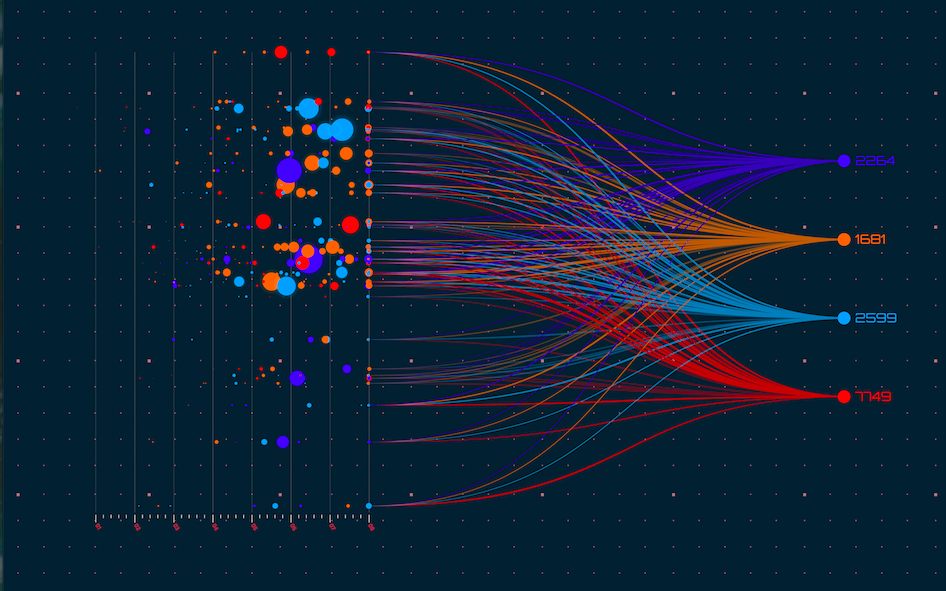
Data visualization
Data visualization is the practice of translating information into a visual context, such as a map or graph, to make data easier for the human brain to understand and pull insights from....
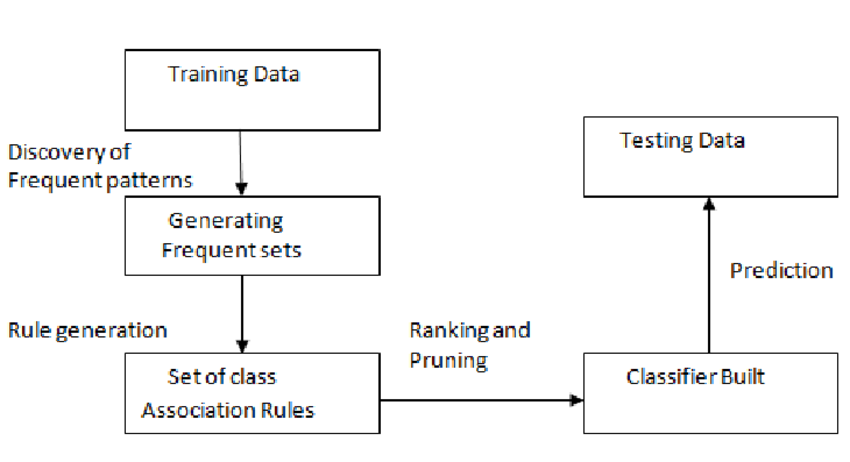
Associative classification
Associative classification is a common classification learning method in data mining, which applies association rule detection methods and classification to create classification models...
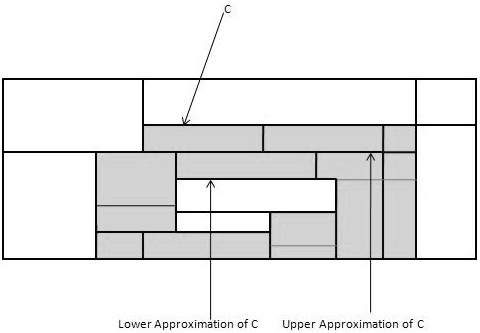
Bayesian classification
Bayesian classification is based on Bayes’ theorem, described next. Studies comparing classification algorithms...
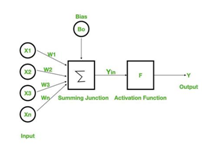
Classification By Backpropagation
Backpropagation is a widely used algorithm for training feedforward neural networks...
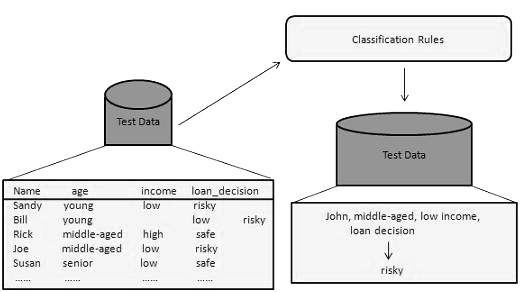
Techniques to Improve Classification Accuracy
A classification data, in data science, can consist of information divided into the classes, for example data of people...

Rule-Based Classification
Rule-based classifier makes use of a set of IF-THEN rules for classification. We can express a rule in the following from...
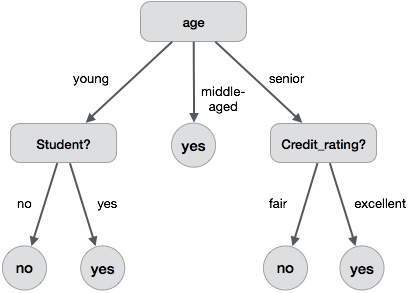
Decision Tree Inducation
A decision tree is a structure that includes a root node, branches, and leaf nodes...
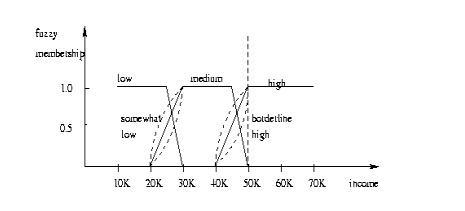
Other Classification Methods
Data mining is the process of discovering and extracting hidden patterns from different types of data to help decision-makers make decisions...
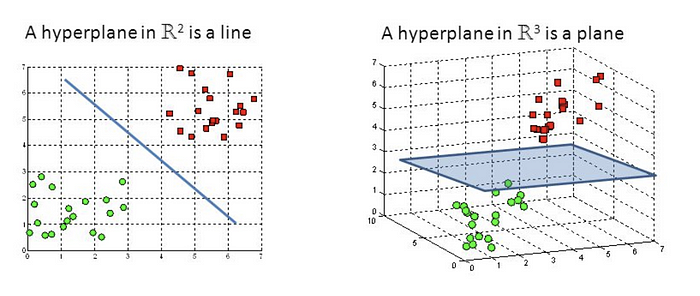
Support Vector Machine
The objective of the support vector machine algorithm is to find a hyperplane in an N-dimensional space(N — the number of features) that distinctly classifies the data points...

Cluster Analysis
Clustering is the process of making a group of abstract objects into classes of similar objects...
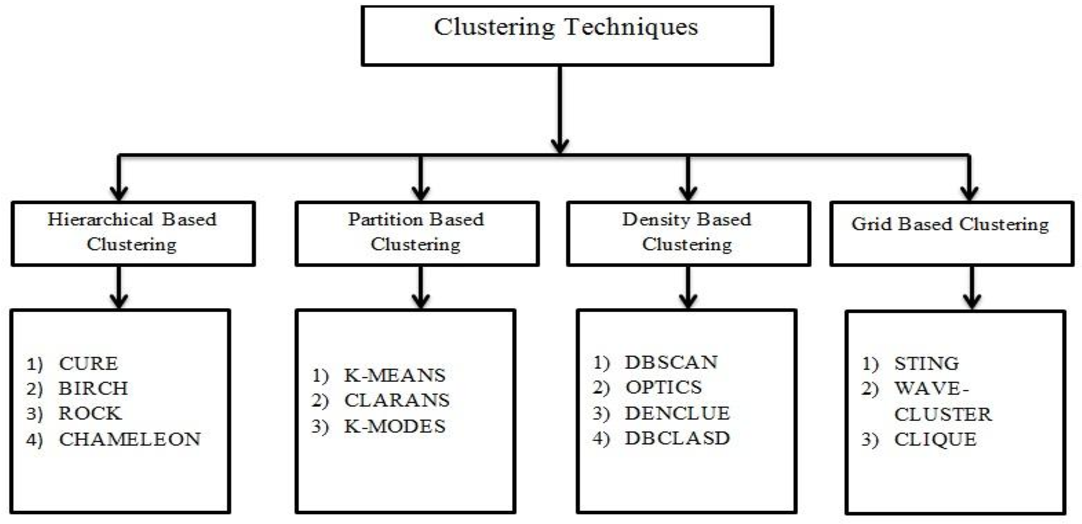
Hierarchical Methods
A hierarchical clustering technique works by combining data objects into a tree of clusters. Hierarchical clustering algorithms are either top-down or bottom-up....
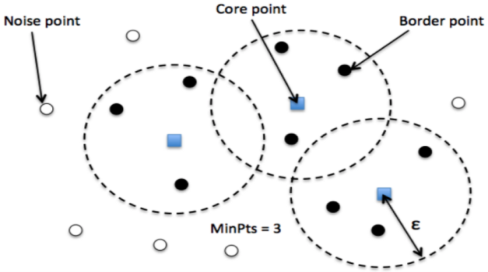
Density-Based Methods
Density-Based Clustering refers to unsupervised learning methods that identify distinctive...
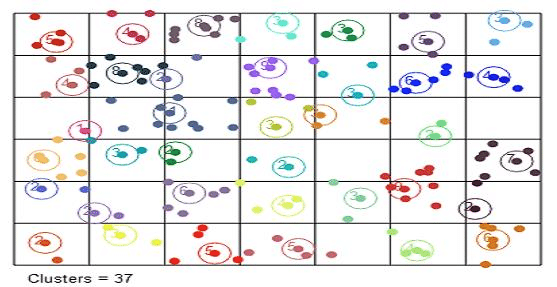
Grid-Based Methods
Density-based and/or grid-based approaches are popular for mining clusters in a large multidimensional space wherein clusters...
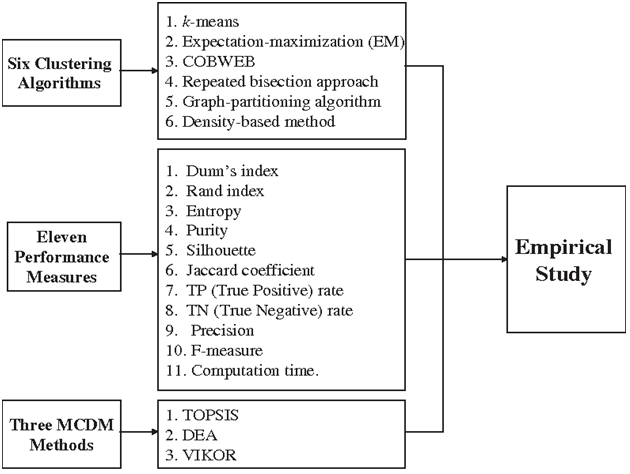
Evaluation of Clustering
A clustering evaluation demands an independent and reliable measure for the assessment and comparison of...
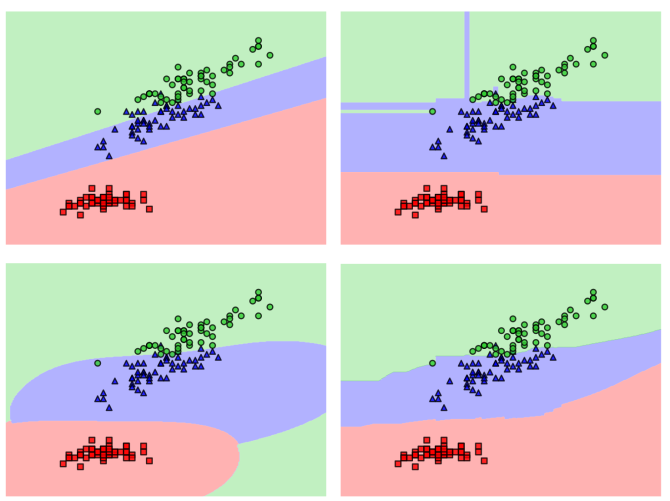
Model Selection and Evaluation
Model Selection and Evaluation is a hugely important procedure in the machine learning workflow. This is the section of our...
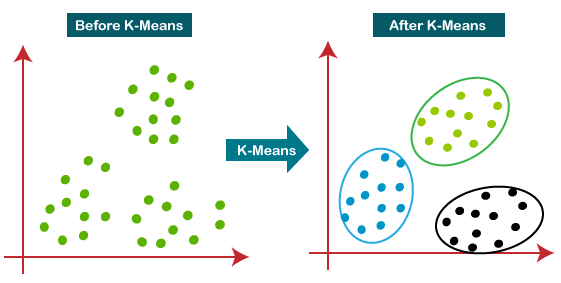
Partitioning Methods
Partitioning Method is a major clustering method and this clustering method classifies the information into multiple groups based on the characteristics and similarity of the data. It’s the data analysts to specify the number of clusters that has to be generated for the clustering...
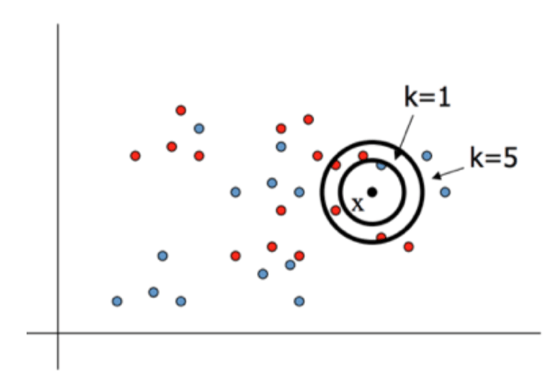
Lazy Learners
lazy learning is a learning method in which generalization of the training data is, in theory, delayed...
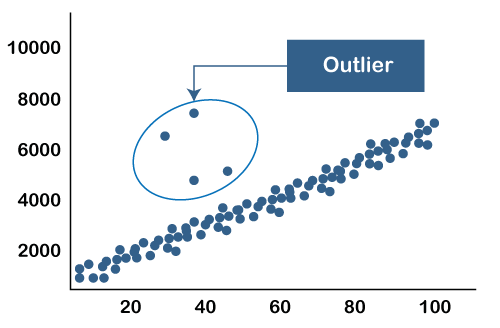
What is Outlier?
“Outlier is an observation in a dataset situated at an abnormal distance from other values in the exact same dataset.” In data mining, outliers are considered ...

Outlier Analysis
Outlier analysis in data mining is identifying, describing, and handling outliers in a dataset. Outlier analysis aims to identify observations significantly different from the majority of the data points and to determine whether...
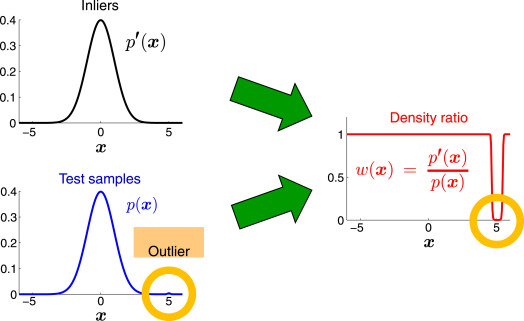
Outlier Detection Methods
Outliers are something that comes very naturally to the data They can have hidden patterns/meanings, which, when...

Basic Crawler Algorithm
A basic crawler algorithm in web mining is responsible for systematically navigating the web and downloading web pages for further analysis...

Counting Distinct Methods
Counting distinct methods in mining data streams refers to techniques used to estimate the number of unique or distinct elements in a continuous stream of data...

Filtering Streams
Filtering streams in data stream mining refers to the process of selecting and extracting specific subsets of data from a continuous stream based on certain criteria or conditions...

Moments of Streams
In data stream mining, moments of streams are statistical measures that capture various aspects of the data distribution or shape of a continuous data stream, allowing for...

Sampling Data in a Stream
Sampling data in a stream refers to the process of selecting a subset of data from a continuous stream of incoming data for analysis or processing...

Stream Data Model
A data stream is a continuously changing, organized chain of information sent at a high rate of speed...

HITS Algorithm
The HITS (Hyperlink-Induced Topic Search) algorithm is a link analysis algorithm used in web mining to assess the authority...

Information Retrieval Methods
Information retrieval methods play a crucial role in web mining, which involves extracting valuable knowledge or insights from...

Document Sentiment Classification
Document sentiment classification in web mining refers to the task of automatically determining the sentiment expressed in a document, such as a web page, online...

Decaying Windows
Decaying windows, also known as exponential decay windows or sliding time windows with exponential weighting, are a technique used in mining data streams to give more importance to recent data while gradually...

Text and Web Page Pre-processing
Text and web page preprocessing in web mining involves a series of steps to clean, transform, and prepare the textual content and web pages for further analysis and...

Web Spamming
Web spamming refers to the practice of manipulating search engine rankings or deceiving users by creating web pages that violate search engine guidelines and aim to artificially boost their visibility or relevance...
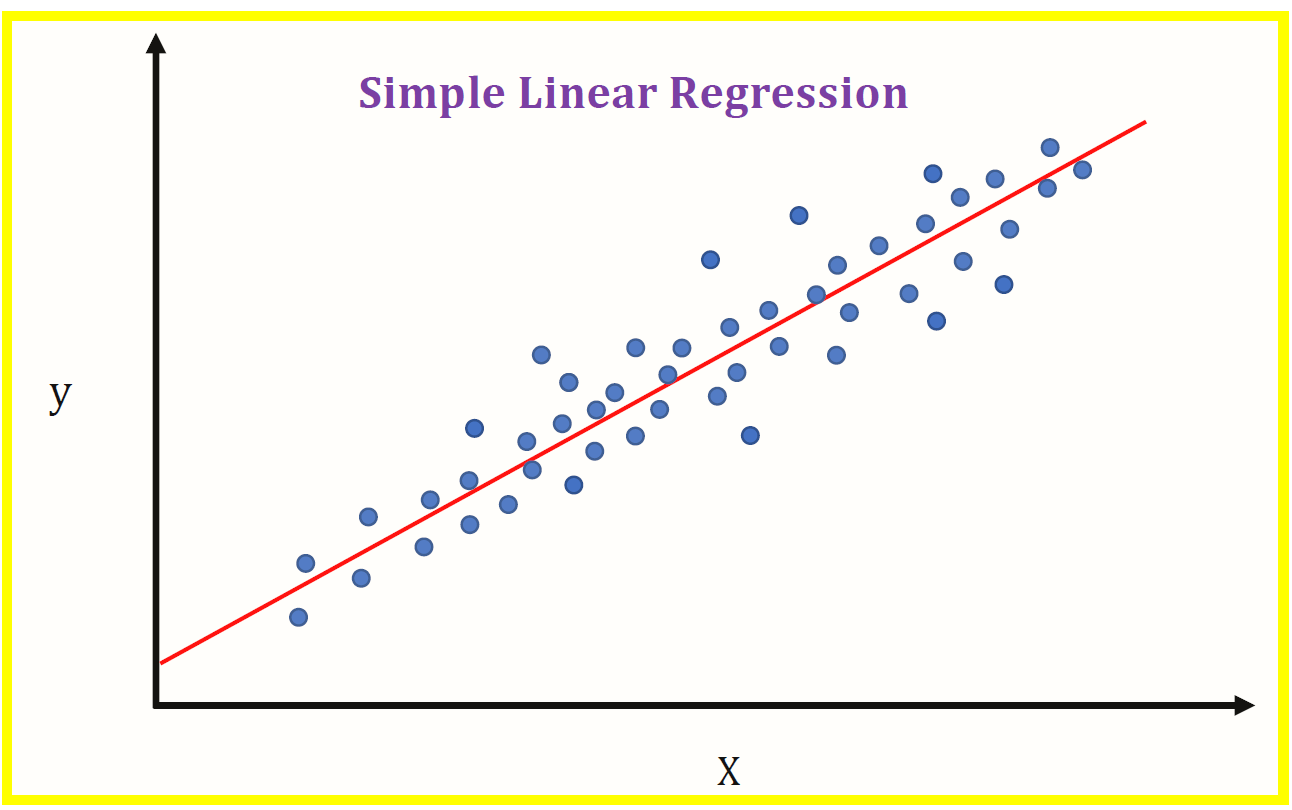
Linear Regression
Simple linear regression is a statistical method used to model the relationship between two variables - a dependent variable (usually denoted as "Y") and an ...
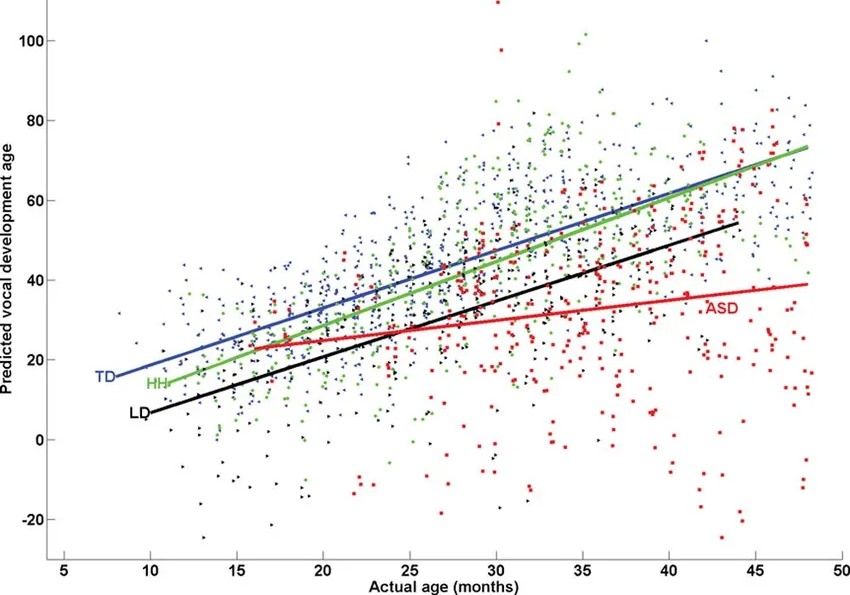
Multi Regression
Multiple regression is an extension of simple linear regression that allows you to model the relationship...
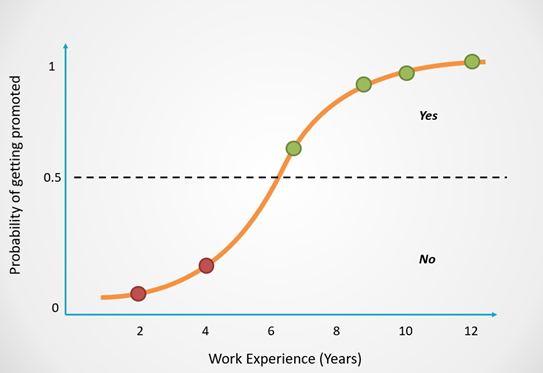
Logistic Regression
Logistic regression is a popular statistical method used for binary classification tasks, where the goal is to predict the probability that an instance...

Ridge Regression
Ridge regression, also known as L2 regularization, is a linear regression technique used to address the problem of multicollinearity (high correlation between independent variables) and to prevent overfitting in multiple regression models...

Lasso Regression
Lasso regression, also known as L1 regularization, is another linear regression technique used to address multicollinearity and prevent overfitting in multiple regression models. Like ridge regression, lasso regression adds a regularization term...

R2 Score
The R2 score(R- Squared), also known as the coefficient of determination, is a statistical measure that represents the proportion of the variance in the dependent variable (target) that is predictable from the independent...
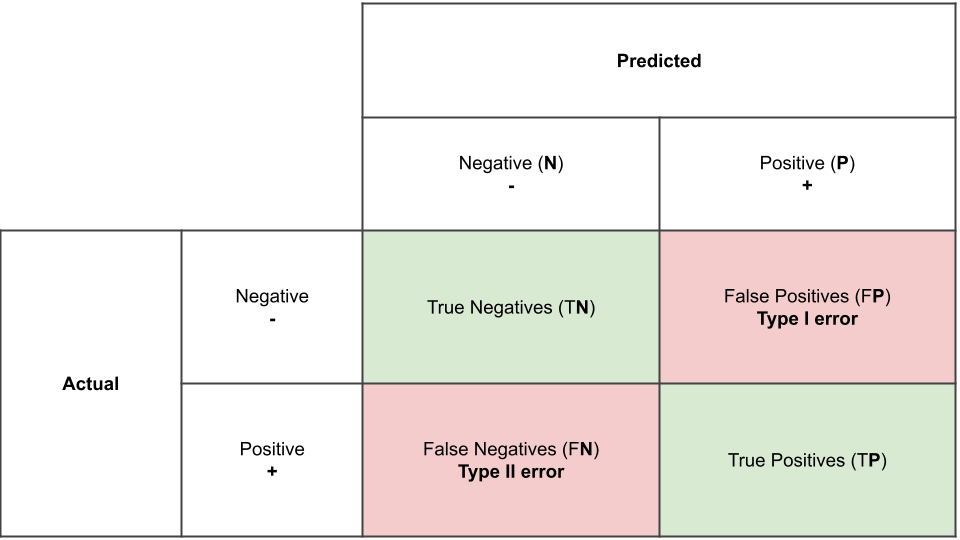
Confusion Matrix
A confusion matrix is a performance evaluation tool used in binary classification (a classification problem with two classes) to assess the performance of a machine learning model...

Underfitting
Underfitting, overfitting, and generalized model are three important concepts in machine learning that describe how well a model performs on unseen data. Let's explain each of them in detail with examples...
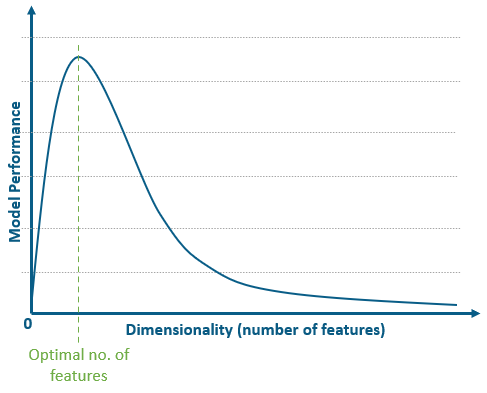
Curse of Dimensionality
The Curse of Dimensionality refers to the challenges and issues that arise when dealing with high-dimensional data. As the number of features (dimensions) in a dataset increases...
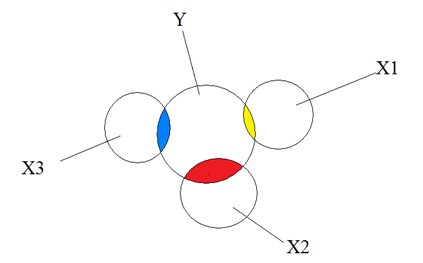
Multicollinearity
Multicollinearity refers to a situation in multiple linear regression where two or more independent variables are highly correlated with each other. It causes instability in the estimated coefficients, making it challenging to interpret the individual effects of correlated variables accurately...

PCA
Principal Component Analysis (PCA) is a dimensionality reduction technique used to transform high-dimensional data into a lower-dimensional space while preserving the most important information...

Filter Methods
Filter methods are feature selection techniques used to select the most relevant and informative features from a dataset before training a machine learning model...

Wrapper Methods
Wrapper methods are a family of feature selection techniques that select subsets of features based on their impact on the performance of a specific...

Embedded Methods
Embedded methods are feature selection techniques that incorporate feature selection as an integral part of the model training process...
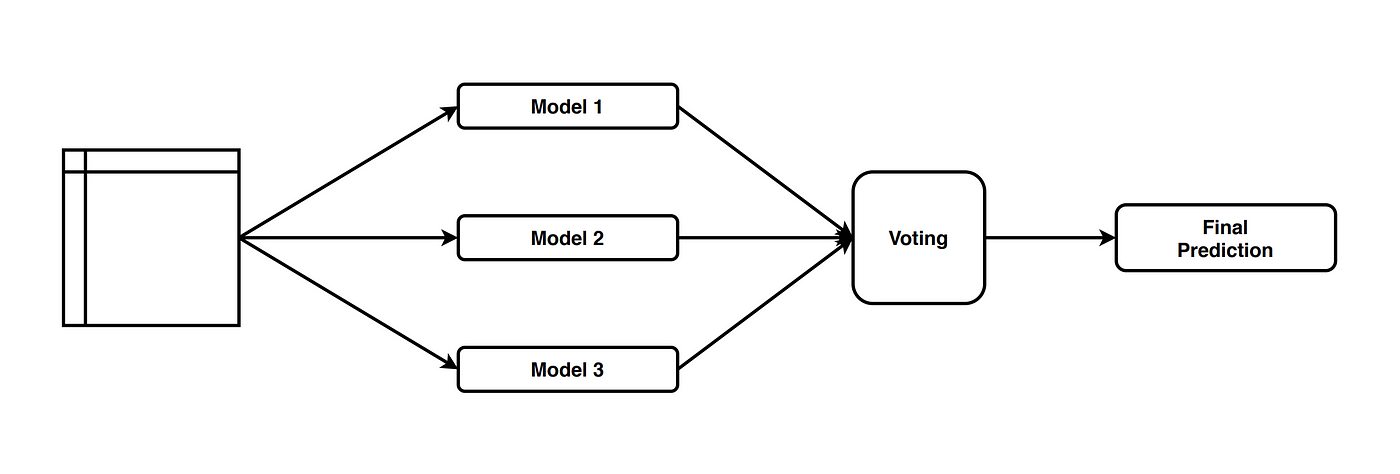
Simple Ensemble Methods
Simple ensemble methods are techniques that combine predictions from multiple individual models to create a more accurate and robust predictor...
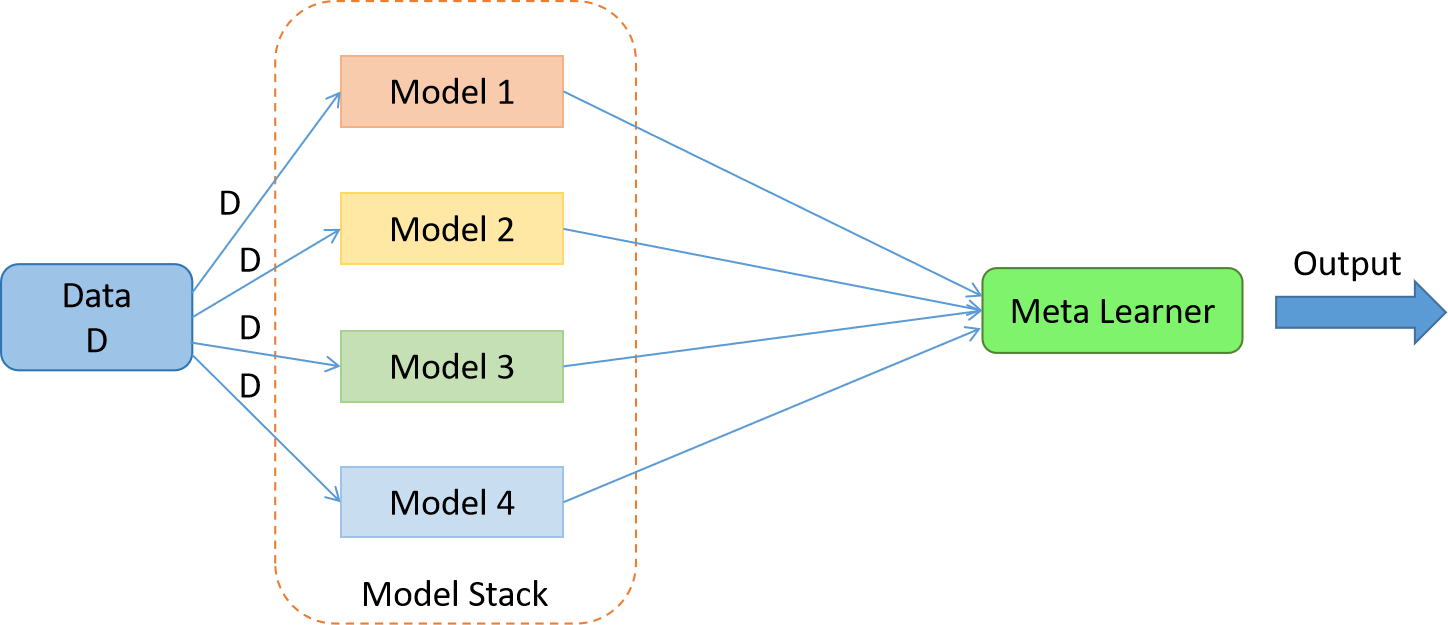
Advanced Ensemble Methods
Advanced ensemble methods are more sophisticated techniques that go beyond simple aggregation of model predictions...
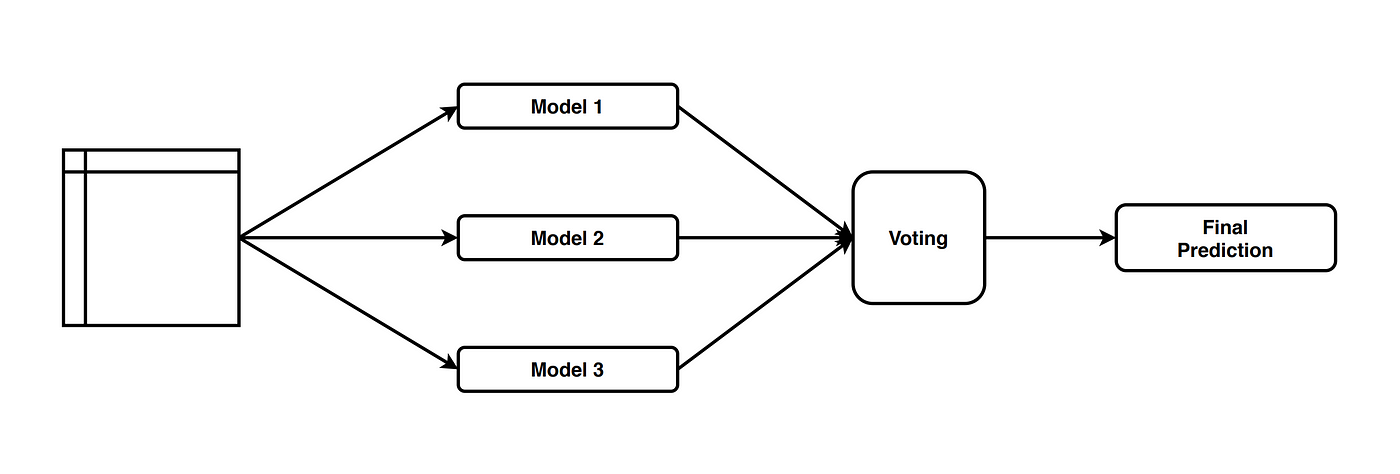
Voting Classifier
The Voting Classifier is an ensemble technique in machine learning that combines the predictions of multiple base models (classifiers) to make a final prediction...

Bagging
Bagging (Bootstrap Aggregating) is an ensemble learning technique used to improve the accuracy and robustness of machine learning models. It involves training multiple instances of the same learning algorithm on different subsets of the training data...
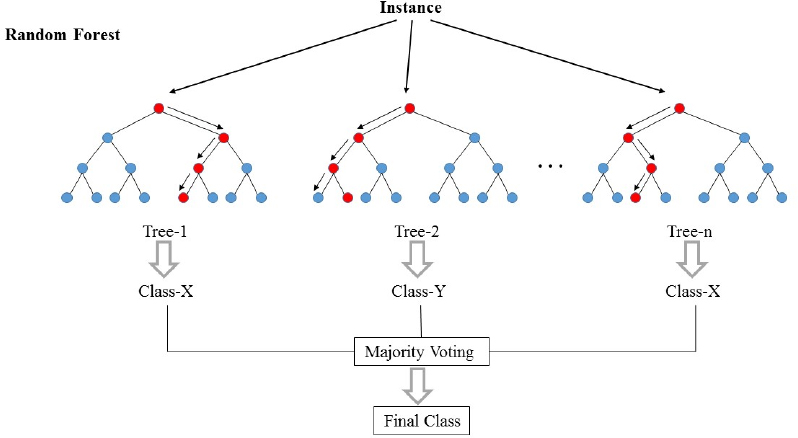
Random Forest
Random Forest is a popular ensemble learning method based on the bagging technique. It combines the predictions of multiple decision trees to create a more accurate and robust model...
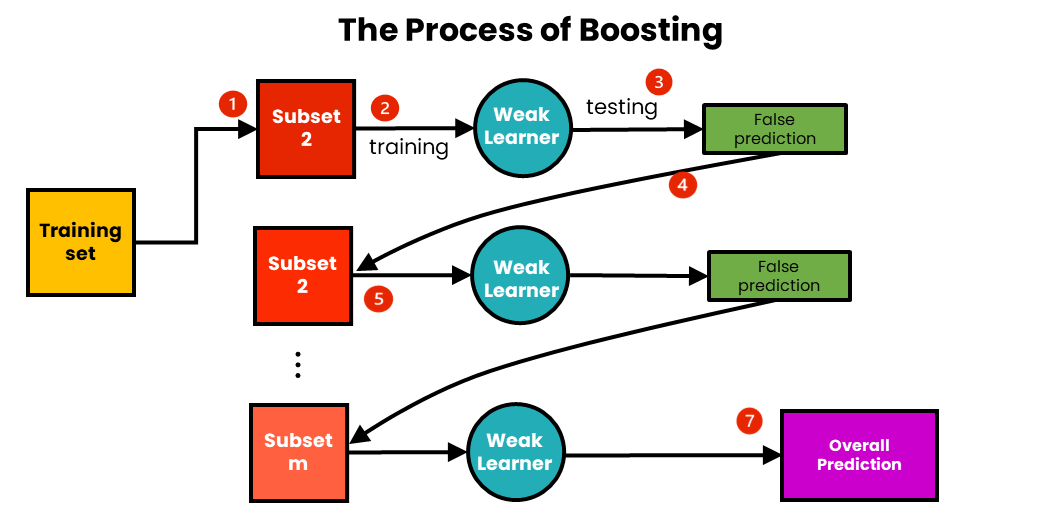
Boosting
Boosting is another popular ensemble learning technique that aims to improve the performance of machine learning models by sequentially training multiple weak learners (usually simple models like decision trees) and combining their predictions...
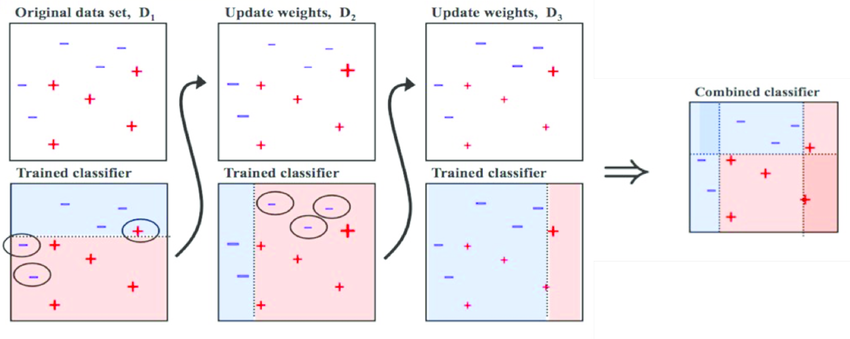
AdaboostC
AdaBoost (Adaptive Boosting) is an ensemble learning method used for classification and regression tasks. The primary goal of AdaBoost is to combine the predictions of multiple weak learners (usually decision trees with limited depth) into a strong classifier with improved accuracy...
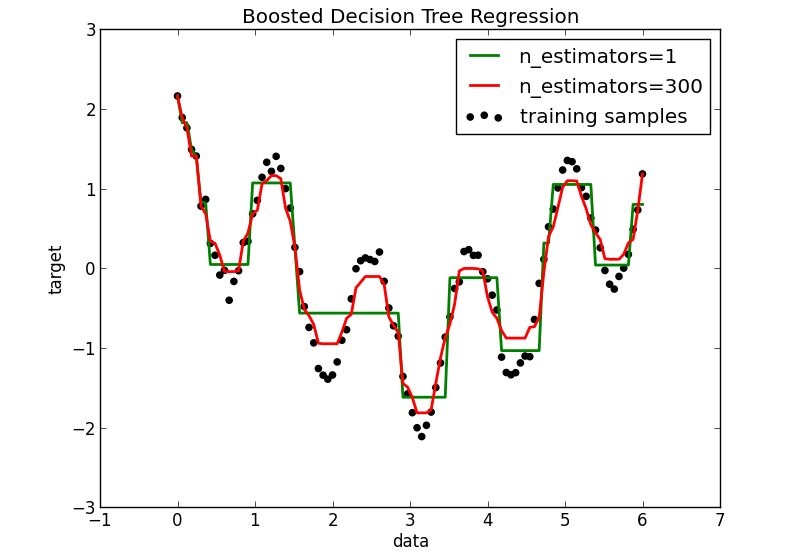
AdaboostR
AdaBoost can also be used for regression tasks, AdaBoost Regressor, similar to AdaBoost Classifier, is an iterative...
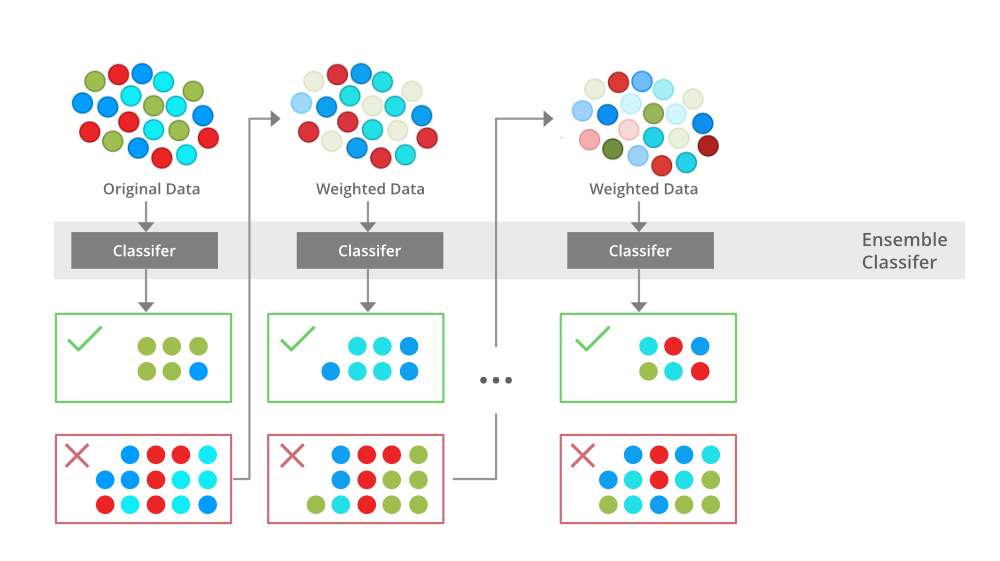
XgboostC
XGBoost (Extreme Gradient Boosting) is a popular machine learning algorithm for classification, regression, and ranking tasks...
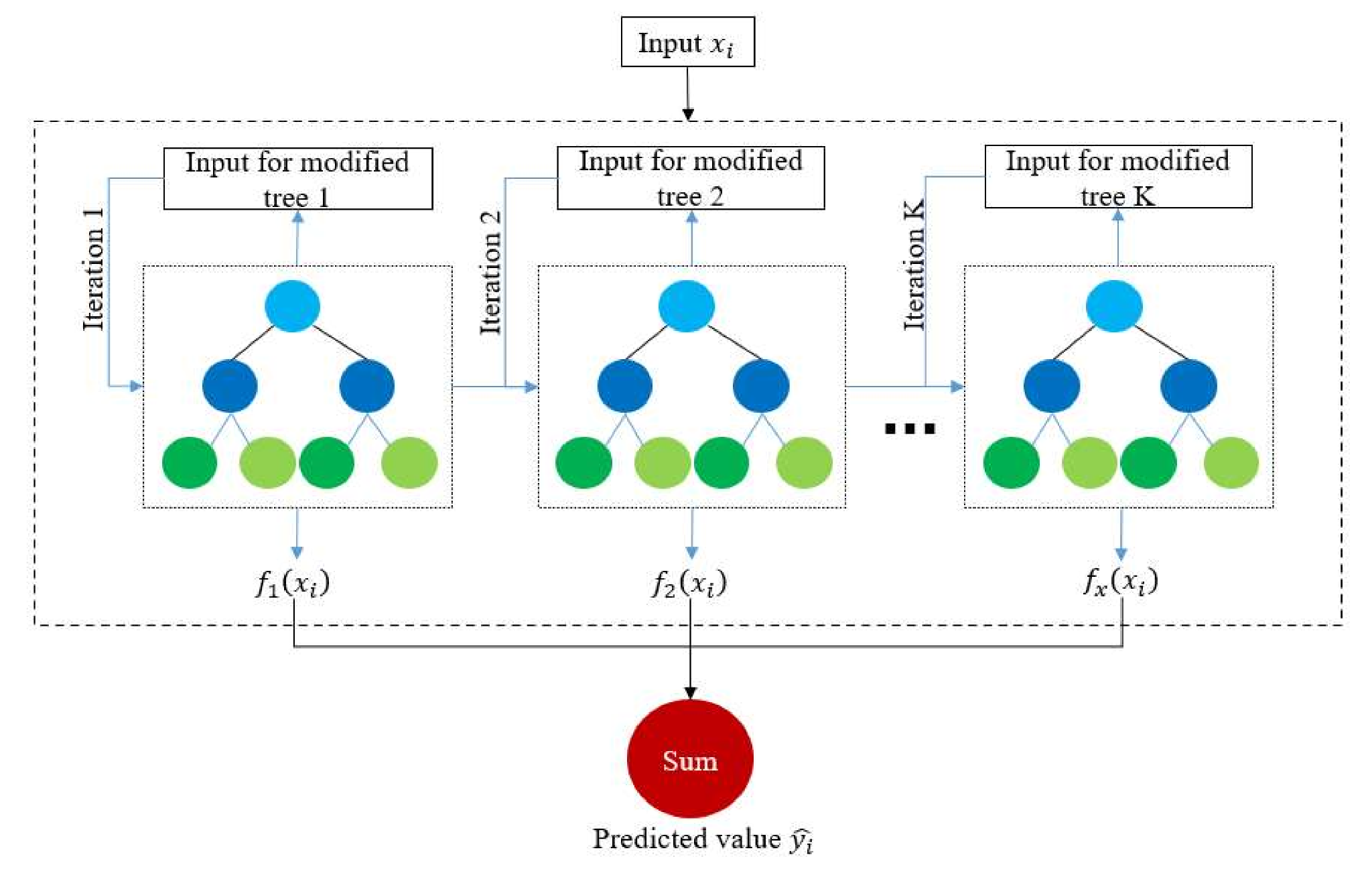
XgboostR
XGBoost can also be used for regression tasks, where the goal is to predict a continuous numerical value instead...
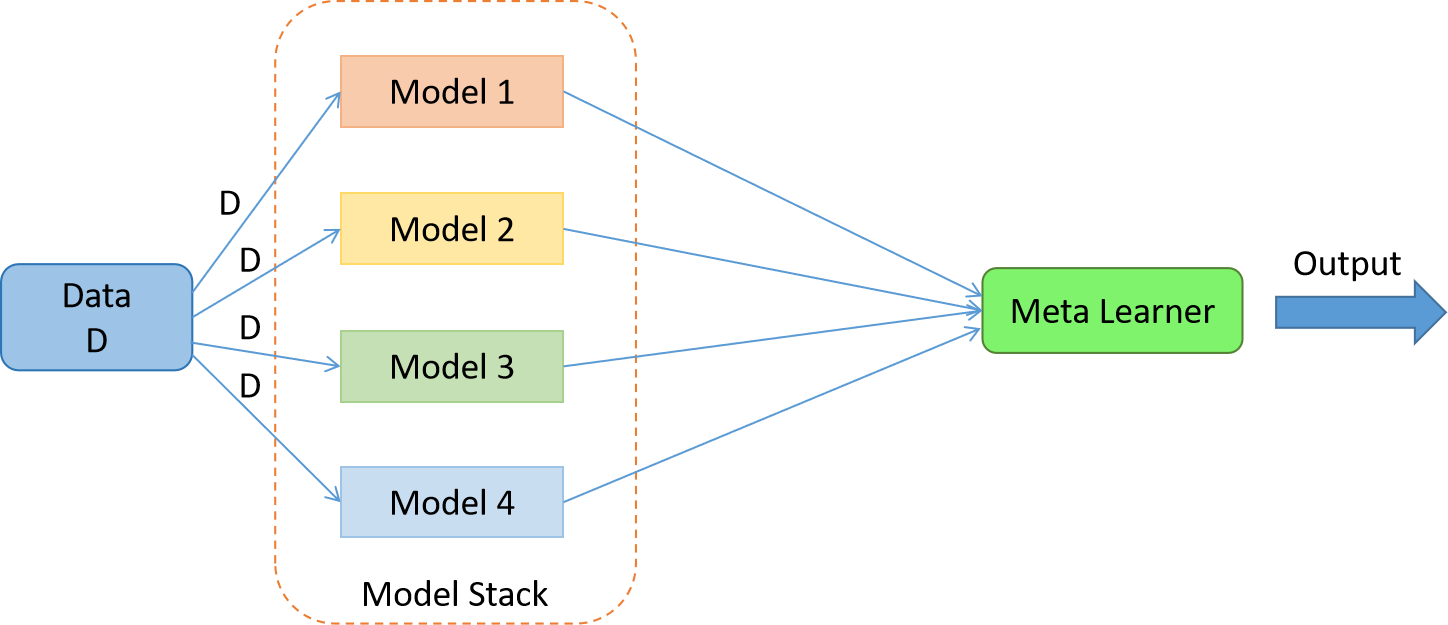
Stacking
Stacking, also known as stacked generalization or meta-modeling, is an ensemble learning technique that combines the predictions of multiple base models (learners) through a higher-level model, known as the meta-model or stacking model...
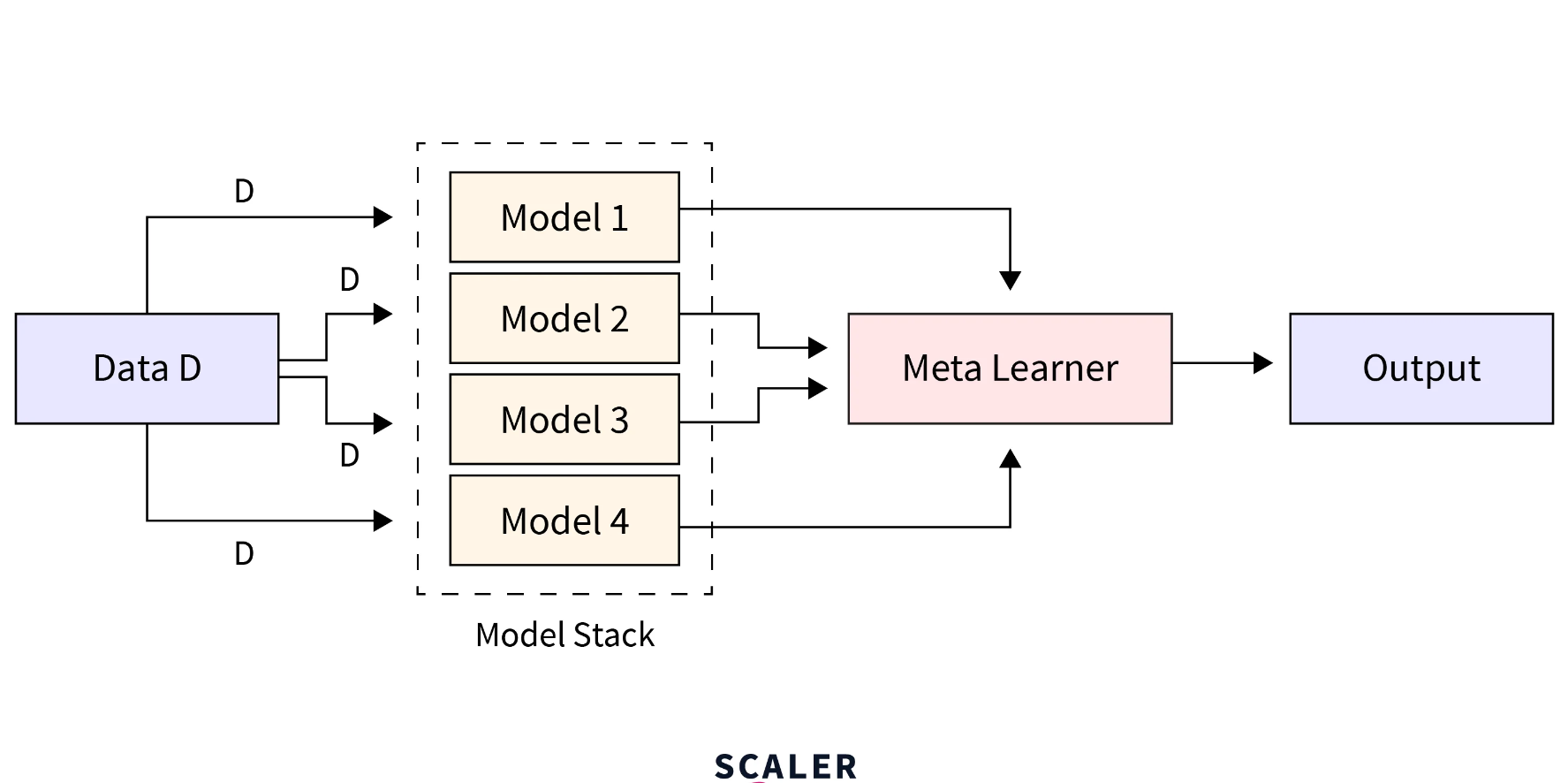
Blending
Ensemble methods are powerful techniques in machine learning that combine multiple individual models to create a stronger, more robust predictive model. Blending, also known as model stacking or stacking,...